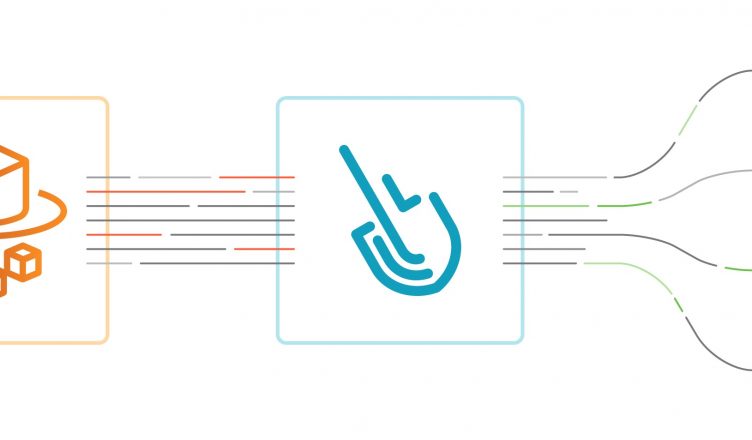AWS Fargate is a serverless compute service to run containers at scale. It is compatible with both Amazon ECS and Amazon EKS, so you can build and scale containerized applications with both these container orchestration services without worrying about provisioning, configuring, or managing servers, control planes, instances etc.
This short blog will show you the five common use cases of AWS Fargate.
Web apps, APIs, and microservices
AWS Fargate supports all kinds of web applications, APIs, and microservices. You can easily deploy these applications by taking advantage of the speed, portability, efficiency, and immutability of containers. Fargate will take care of running and managing the lifecycle of the compute infrastructure so you can focus on creating and deploying these applications.
Containerized data processing workloads
Fargate is ideal for running and scaling containerized data processing workloads on both Amazon ECS and EKS. You can also migrate and run Amazon ECS Windows containers without refactoring or rearchitecting legacy applications.
Container images and run containers on Amazon ECS or EKS
When a developer builds a container image for an application, they package the application’s code, libraries, dependencies, frameworks, and configuration files into reusable file systems. This image is then used to create containers in containerized environments like Amazon ECS or Amazon EKS.
To build container images and run them on an EC2 instance, you can either permit the container full access to the underlying Docker API or run the container in privileged mode. However, both approaches have inherent security risks.
AWS Fargate reduces these risks by running containers in a VM-isolated environment. It also prohibits running containers from mounting directories or sockets from the underlying host and prevents them from using the –privileged flag.
Machine Learning applications
AWS Fargate supports Artificial Intelligence (AI) and Machine Learning (ML) training applications. Create these applications by creating a flexible and portable development environment. You can easily train, test, and deploy ML models and get required scalability without over-provisioning.
Fargate is compatible with several AWS services including Amazon SageMaker. For example, you can deploy MLflow, an open source platform for ML lifecycles, on AWS Fargate and use it with Amazon SageMaker to implement containerized ML applications.
Continuous Integration/Continuous Development (CI/CD) pipelines
A CI/CD pipeline to deploy microservices accelerates application development and helps maintain system stability and security. AWS Fargate can be used to create a CI/CD pipeline for microservices. It will provision compute resources and thus remove the burden of managing the underlying infrastructure.
Conclusion
In addition to the use cases we have discussed here, AWS Fargate is also suitable for migrating on-premises applications to AWS. If you need support for any of these use cases, talk to the AWS experts at Axcess.io.
Mark Jacobsen, an authority in artificial intelligence, shares his expertise through insightful articles on Medium, sparking discourse and innovation.

